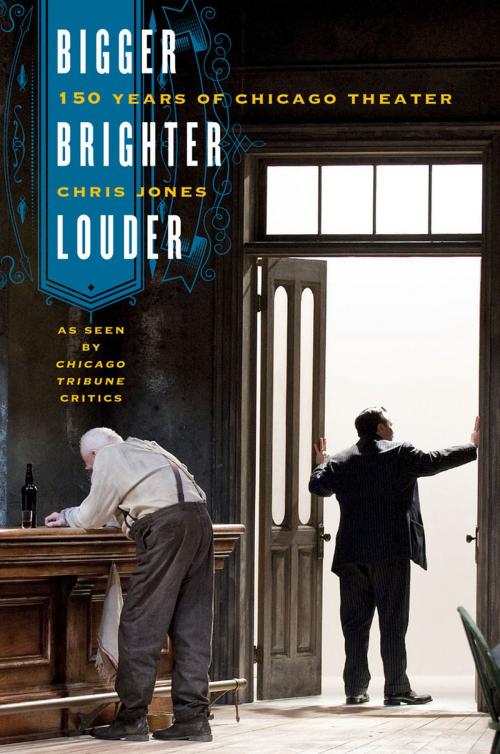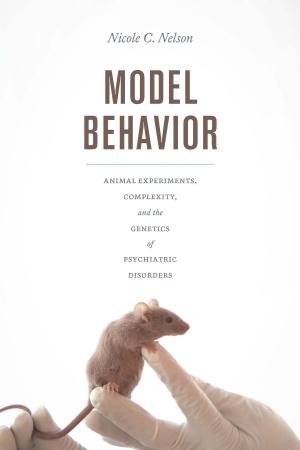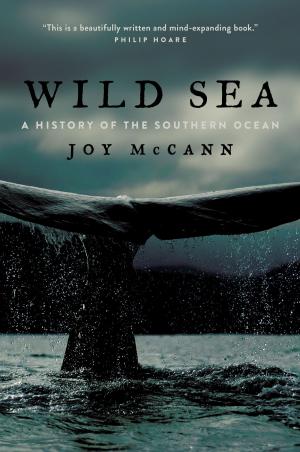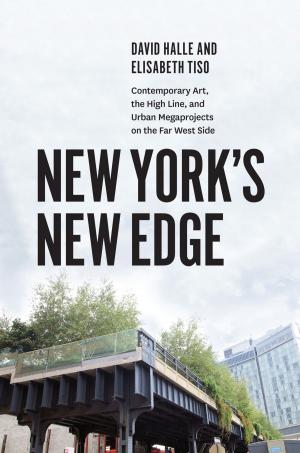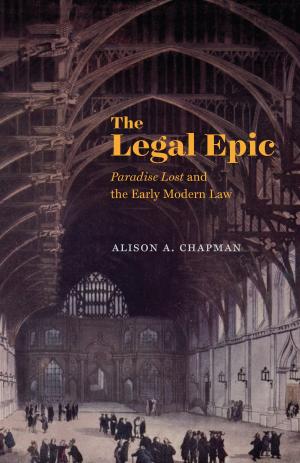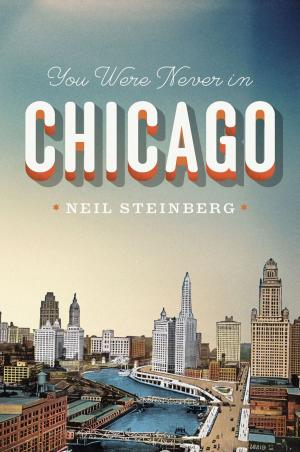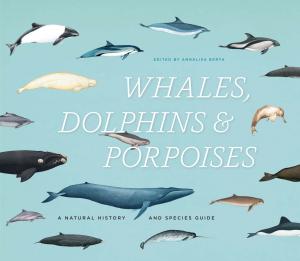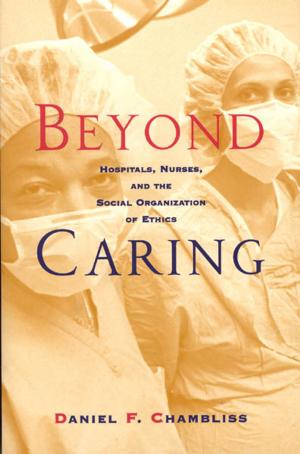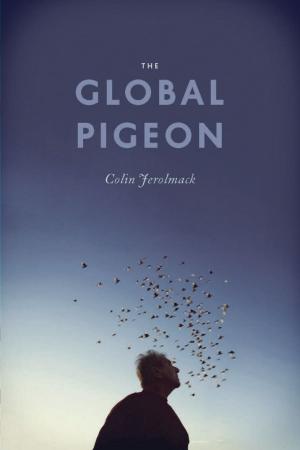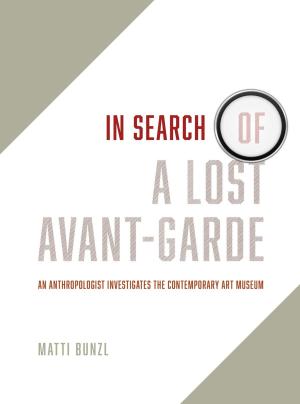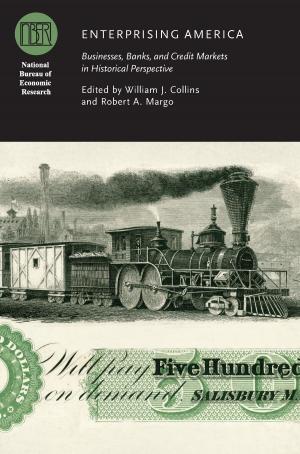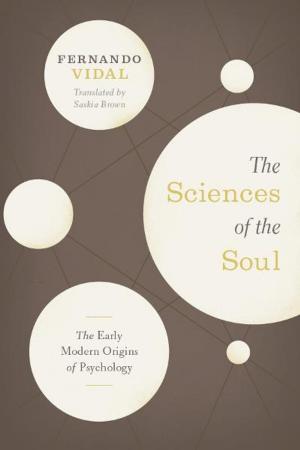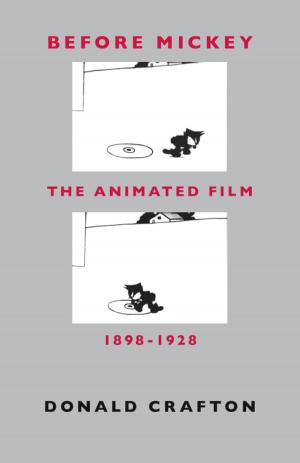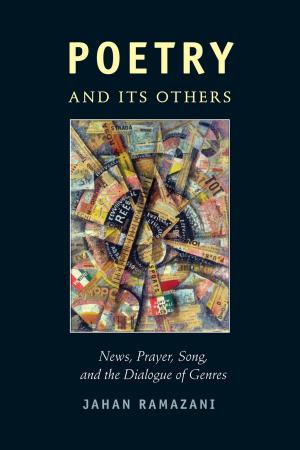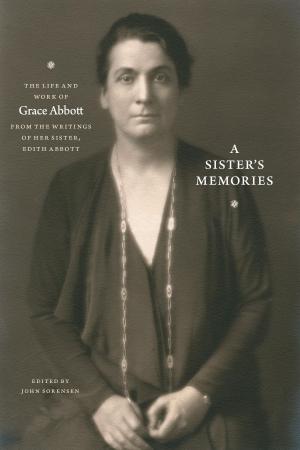Bigger, Brighter, Louder
150 Years of Chicago Theater as Seen by "Chicago Tribune" Critics
Nonfiction, Entertainment, Performing Arts, Theatre, History & Criticism| Author: | Chris Jones | ISBN: | 9780226090719 |
| Publisher: | University of Chicago Press | Publication: | October 4, 2013 |
| Imprint: | University of Chicago Press | Language: | English |
| Author: | Chris Jones |
| ISBN: | 9780226090719 |
| Publisher: | University of Chicago Press |
| Publication: | October 4, 2013 |
| Imprint: | University of Chicago Press |
| Language: | English |
The first known *Chicago Tribune *theater review appeared on March 25, 1853. An anonymous notice, it shared the page with two other announcements—one about a pair of thousand-pound hogs set to be slaughtered and another trumpeting the largest load of lumber ever to leave Chicago. “And thus Chicago’s priorities were starkly laid out right there on that page,” begins Chris Jones in the introduction to this eyewitness cultural history. “Hog butcher for the world and windy self-promoter, specializing in commerce-driven superlatives. The arts came a poor third. Critics, and the artists they covered, would rail against that perceived set of civic priorities for years.”
The Chicago of today, on the other hand, is regarded as one of the world’s premier cities for theater, and no one has had a more consistent front-row seat to its ascendance than the Chicago Tribune theater critics. Bigger, Brighter, Louder weaves together more than 150 years of Tribune reviews into a compelling narrative, pairing full reviews with commentary and history. With a sharp eye for telling details and a keen sense of historical context, Jones, longtime chief Tribune theater critic, takes readers through decades of highs and lows, successes and failures.
The book showcases fascinating early reviews of actors and shows that would go on to achieve phenomenal success, including a tryout of A Raisin in the Sun with newcomer Sidney Poitier and the first major review of *The Producers. * It also delves into the rare and the unusual, such as a previously unpublished Tennessee Williams interview and a long conversation with Edward Albee’s mother. With reviews from Claudia Cassidy, Peregine Pickle, William Leonard, and more, many never collected before, Bigger, Brighter, Louder offers a unique lasting record of an ephemeral art and a riveting look at the history behind Chicago’s rise to theatrical greatness.
The first known *Chicago Tribune *theater review appeared on March 25, 1853. An anonymous notice, it shared the page with two other announcements—one about a pair of thousand-pound hogs set to be slaughtered and another trumpeting the largest load of lumber ever to leave Chicago. “And thus Chicago’s priorities were starkly laid out right there on that page,” begins Chris Jones in the introduction to this eyewitness cultural history. “Hog butcher for the world and windy self-promoter, specializing in commerce-driven superlatives. The arts came a poor third. Critics, and the artists they covered, would rail against that perceived set of civic priorities for years.”
The Chicago of today, on the other hand, is regarded as one of the world’s premier cities for theater, and no one has had a more consistent front-row seat to its ascendance than the Chicago Tribune theater critics. Bigger, Brighter, Louder weaves together more than 150 years of Tribune reviews into a compelling narrative, pairing full reviews with commentary and history. With a sharp eye for telling details and a keen sense of historical context, Jones, longtime chief Tribune theater critic, takes readers through decades of highs and lows, successes and failures.
The book showcases fascinating early reviews of actors and shows that would go on to achieve phenomenal success, including a tryout of A Raisin in the Sun with newcomer Sidney Poitier and the first major review of *The Producers. * It also delves into the rare and the unusual, such as a previously unpublished Tennessee Williams interview and a long conversation with Edward Albee’s mother. With reviews from Claudia Cassidy, Peregine Pickle, William Leonard, and more, many never collected before, Bigger, Brighter, Louder offers a unique lasting record of an ephemeral art and a riveting look at the history behind Chicago’s rise to theatrical greatness.
